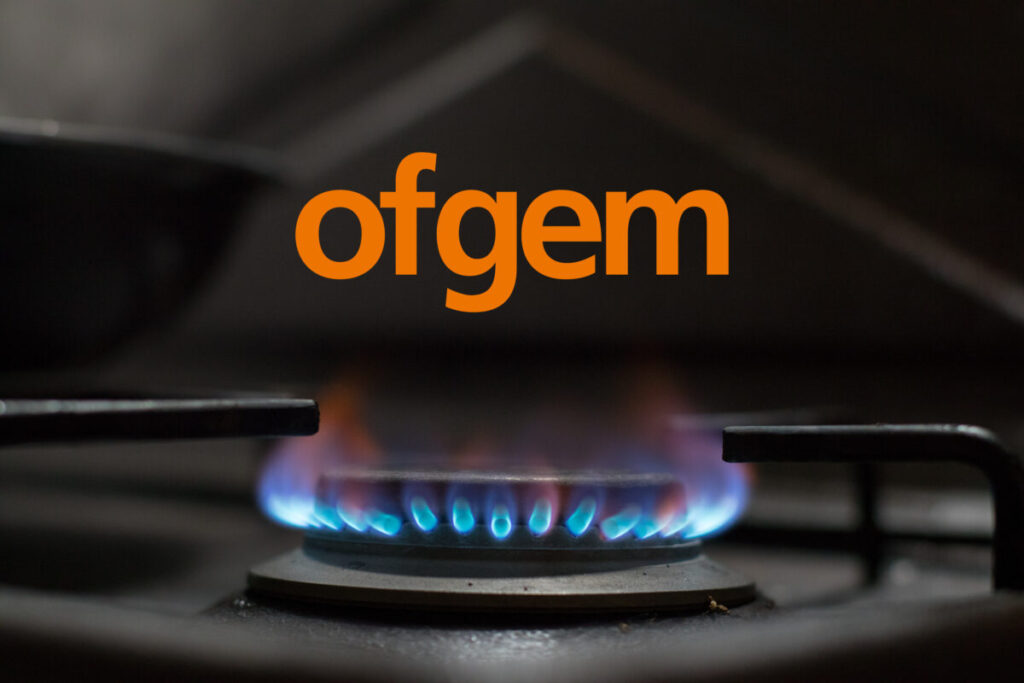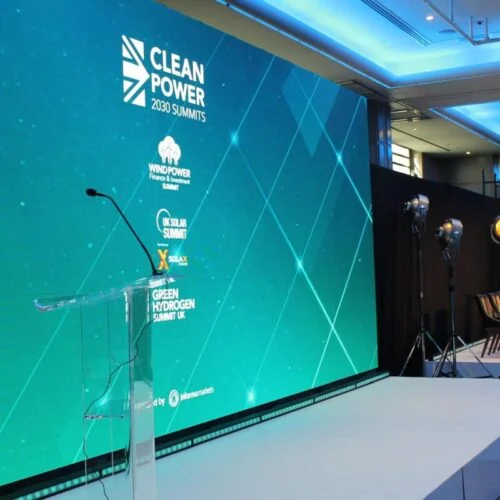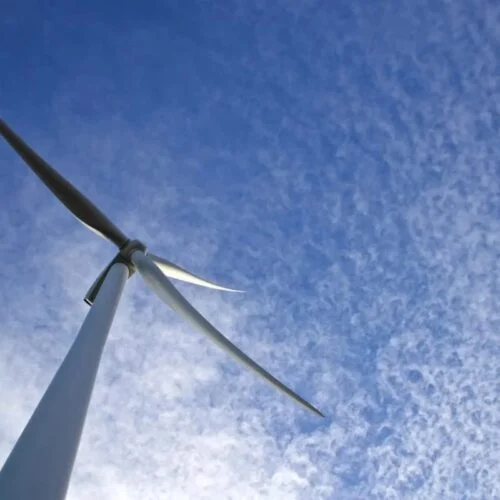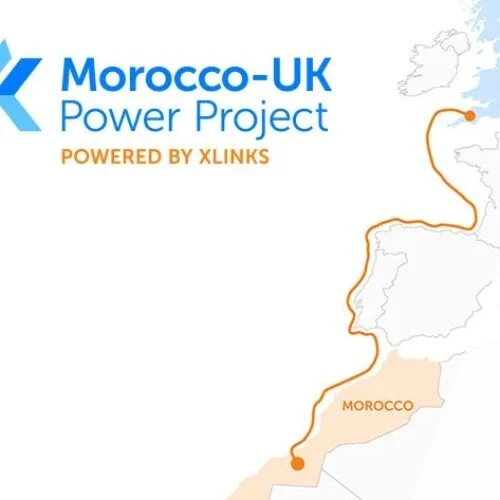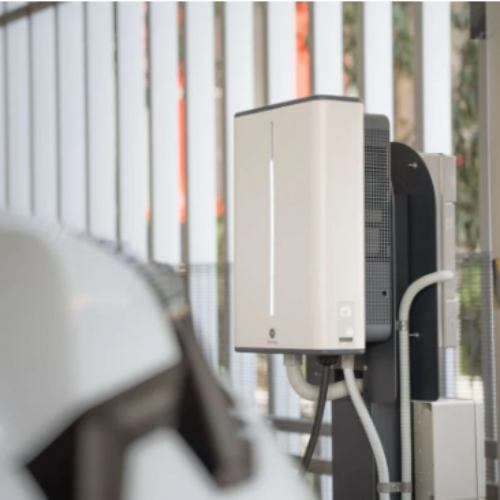A new consultation opened by the energy regulator Ofgem is proposing the introduction of energy tariffs with low or no standing charges as an option for all consumers.
Under the proposals, every energy supplier will be required to offer energy tariffs with low or no standing charges, allowing consumers to pay these costs as part of their unit rate. A previous call for input into the standing charge saw an overwhelming response, with 30,000 people providing comments. Of these, 90% stated that they believed standing charges to be “unfair”, with almost two-thirds of people calling for them to be abolished. An update on the review later noted that these responses painted a “stark picture” of users’ dissatisfaction with the current system.
Following the publication of Ofgem’s Standing Charges: Domestic Retail Options paper in August 2024, the regulator called on suppliers to offer more low- and zero-standing-charge tariff options to meet consumer demand. However, as the regulator points out in the consultation paper, few new products of this kind have come to market since.
While Ofgem has made it clear that the costs that make up the standing charge—which fund network maintenance as well as the base cost of delivering energy to consumers—cannot be entirely eliminated, these proposals aim to give low-energy use customers more choice and an opportunity to save money while also protecting high-energy use customers such as those who rely on essential medical equipment.
The regulator is proposing several different options for how zero-standing-charge tariffs could work. These include falling block tariffs, where customers would pay a higher unit rate until a certain level of energy has been used and then a lower unit rate afterwards; rising block tariffs, where customers pay a lower unit rate until a threshold has been met and then a higher rate thereafter, as well as tariffs with a single unit rate across all levels of consumption.
The consultation paper lays out the pros and cons of each of these options. The regulator notes that falling block tariffs could be attractive to customers seeking more control over their energy bills but could be put off by the high initial costs of the tariff. Meanwhile, rising block tariffs could be seen as a good incentive for households to use less energy, but the paper notes that many consumers may simply choose to remain within the existing price cap structure rather than switch to this tariff and choose to use less energy.
Regarding single rate tariffs, while potentially only being beneficial to the households with the lowest rates of energy use, were highlighted as being a very simple pricing structure for consumers to understand, with the paper noting that this pricing format is “arguably even simpler than the existing price cap that includes both a standing charge and unit rate”.
The consultation will be open until 20 March 2025, and Ofgem is aiming to have any new tariffs available to consumers by winter 2025/2026.
Charlotte Friel, director for retail pricing and systems at Ofgem, said: “We know from the huge response we’ve had that many feel standing charges are unfair. However, we also know that vulnerable, high-energy users – including those who rely on medical equipment at home or low-income families in poorly insulated houses – would suffer disproportionately if these costs were added to the unit rate for everyone.
“That’s why we’re moving forward with plans that will give customers a choice and more control over how they choose to pay for their gas and electricity.
“We’re looking closely at how these tariffs will work in practice, but everyone will need
to carefully consider which option best suits their needs. The costs included in the standing charge ultimately have to be paid. But while they may not save everyone money, they will give people a choice, and greater control over their bills.”
Is too much choice a bad thing?
In response to the proposals, Energy UK’s chief executive, Dhara Vyas, cautioned that adding complexity to the energy market could be confusing and ultimately harmful to vulnerable consumers. She said: “At the moment, a single price cap offers a safety net for customers giving them price protection whatever their level of engagement. However, under these proposals, customers would have to make an active choice about which price cap tariff they should be on. We are concerned that it will be very hard to avoid some households, especially those in vulnerable circumstances, paying the price by ending up on the wrong tariff.
“Having two price caps in place will be difficult for customers to understand, complex to implement, and will increase the challenges and risks for suppliers that come from buying energy in advance. Given that some of these proposals are at an early stage, it’s questionable whether bringing them in by next winter is either possible or desirable.
“We should look long and hard at whether these proposals will deliver a significant overall benefit to customers, especially the households who are struggling the most with the cost of energy, in comparison to the urgent need to tackle record customer debt level and bring in targeted bill support.”
